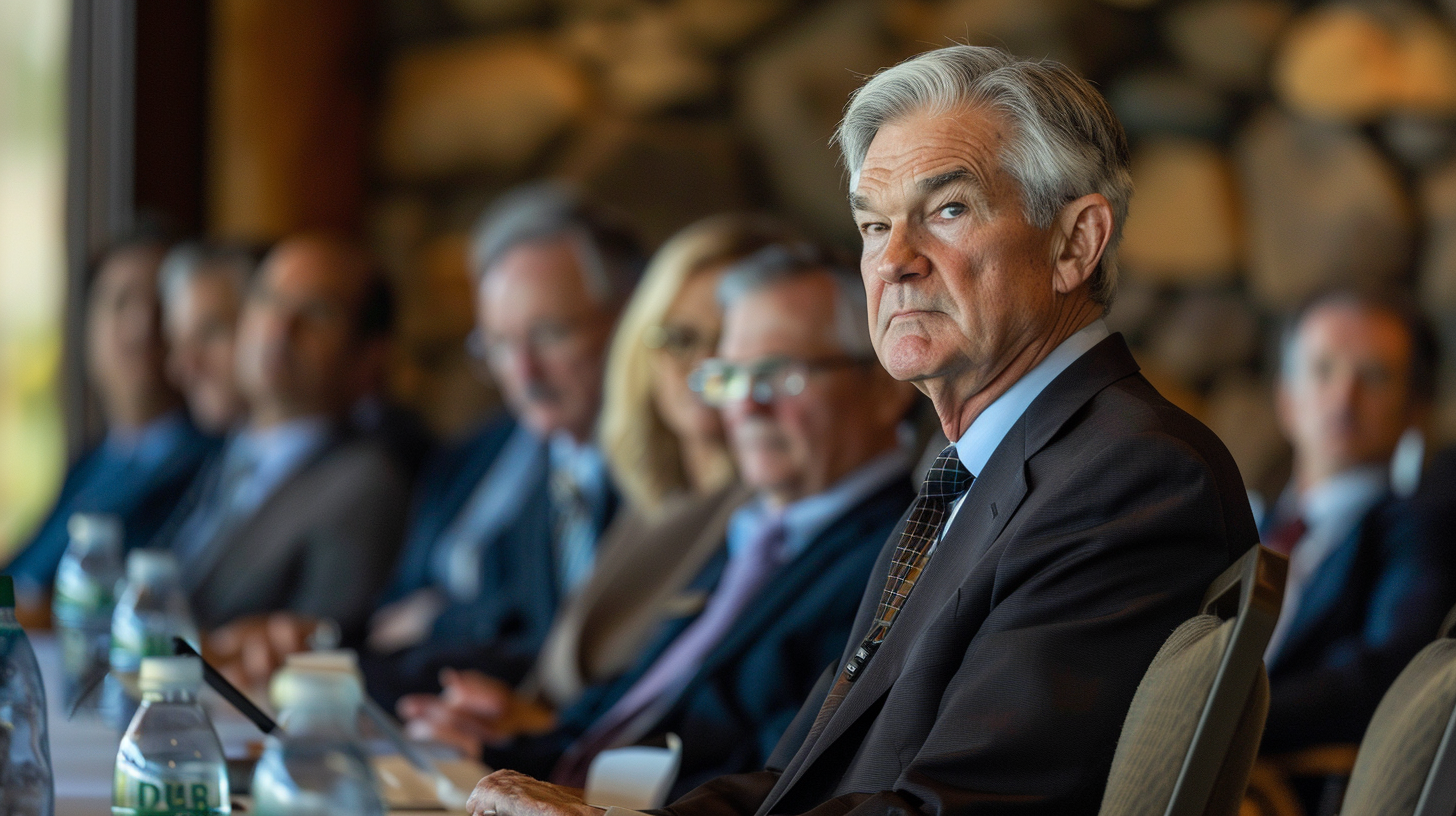Federal Reserve Chair Jerome Powell will take the stage at this week’s Jackson Hole Economic Symposium under some of the most difficult circumstances of his tenure, with markets, policymakers, and global counterparts all watching for signals about the path ahead.
The annual gathering in Wyoming comes at a pivotal time. Inflation has remained stubbornly above the Fed’s 2% target for four years, with recent indicators pointing to renewed upward momentum. At the same time, signs of a weakening labor market have begun to surface, raising questions about the balance between price stability and employment—two pillars of the central bank’s mandate.
Powell’s address is expected to be his last as Fed chair, adding even more weight to his words. Yet the environment he faces is unusually complex. Not only is the economy sending mixed signals, but political scrutiny of the central bank is intensifying, and divisions within the Federal Open Market Committee have become increasingly visible. The recent dissent among Fed governors—the first in decades—underscores that fracture. Meanwhile, the nomination of a new governor known for his sharp critiques of recent policy decisions further complicates Powell’s ability to unify the institution.
Investors remain split on what they hope to hear. Some want clarity on whether the Fed will move to cut interest rates as soon as September, while others are looking for insights into the deeper structural changes reshaping the labor market. The official theme of this year’s symposium is employment, but the debate over monetary policy and the Fed’s long-term framework is expected to dominate conversations.
Data dependence has long been the hallmark of Powell’s approach, but that strategy is increasingly being tested. Inflation readings have painted a conflicting picture: headline CPI slowed last month, but producer prices accelerated, and consumer surveys revealed rising inflation expectations. On the labor front, headline unemployment remains steady at just above 4%, yet underlying weakness is evident in reduced hiring, sector-specific job growth, and challenges facing new graduates.
Layered onto this economic backdrop are broader forces complicating the outlook. Tighter immigration policies under the Trump administration are reshaping the available workforce, while artificial intelligence raises new uncertainties about whether technology will ultimately augment or displace labor. Both trends make it harder to interpret traditional indicators.
Powell must also navigate the unveiling of a revised Monetary Policy Framework, which will guide how the Fed pursues its dual mandate in the years ahead. The last framework, designed to combat inflation undershooting, proved inadequate for the structural shocks that emerged after 2020. Whether the new iteration will address current challenges—or simply repackage old assumptions—remains an open question.
Markets are bracing for potential volatility. If Powell leans too heavily on flexibility and avoids specifics, investors may interpret it as indecision, further eroding confidence in the Fed’s direction. Conversely, signaling aggressive easing could push bond markets to react sharply, steepening the yield curve in ways reminiscent of last year’s turbulence.
The stakes at Jackson Hole could hardly be higher. Powell will not only be judged on how he balances immediate economic risks but also on how he frames the Fed’s strategic direction for a world that looks markedly different than when he first assumed the chair. With his legacy and the institution’s credibility on the line, his final address may shape how policymakers, markets, and history remember his leadership.
